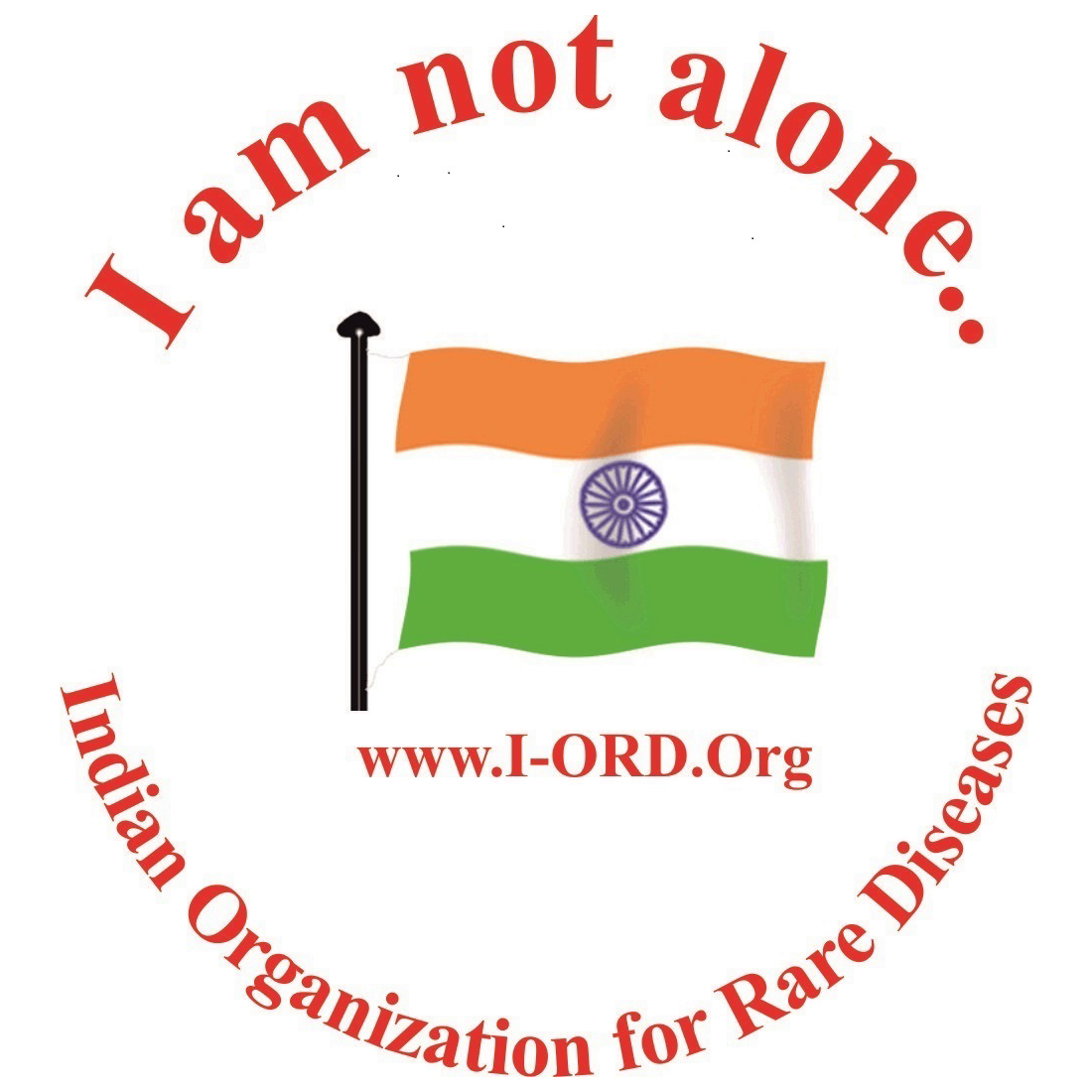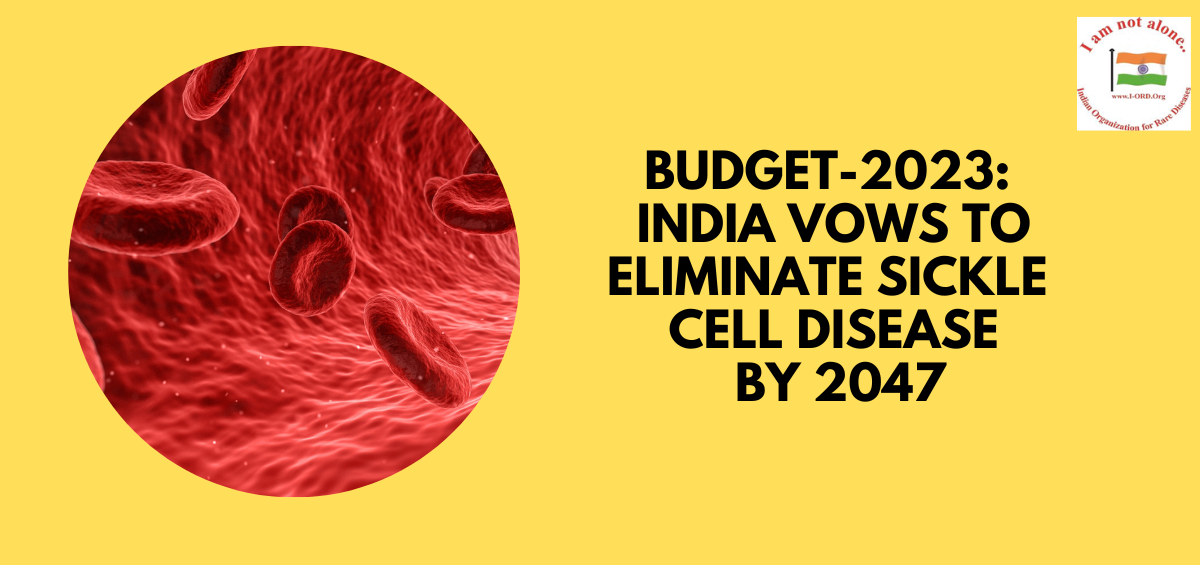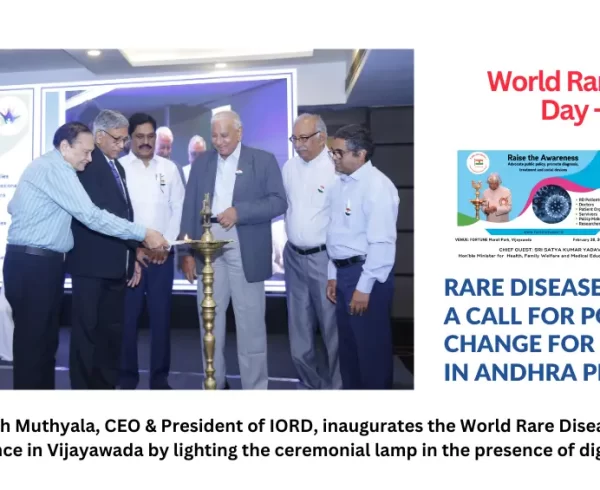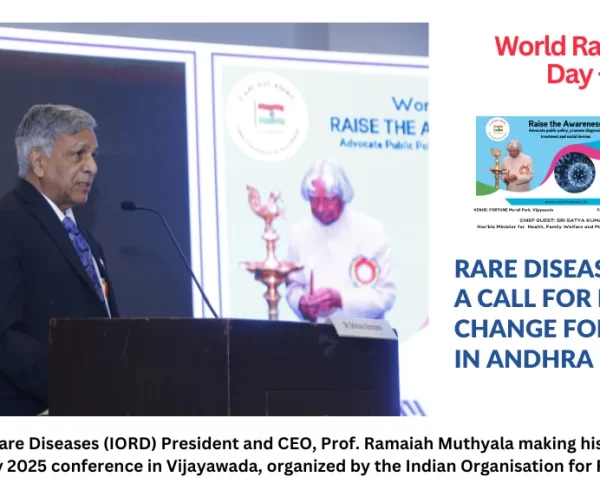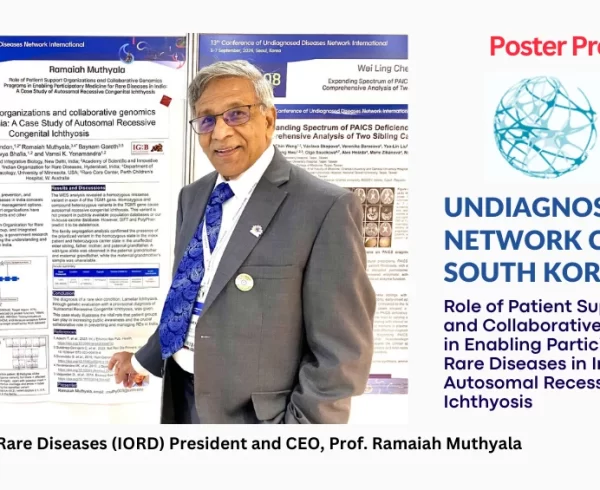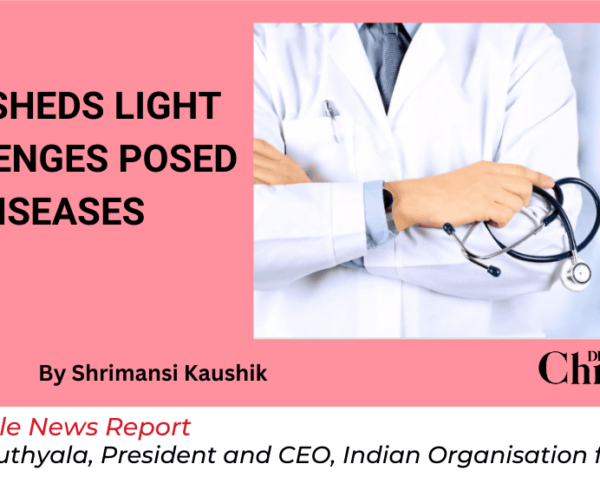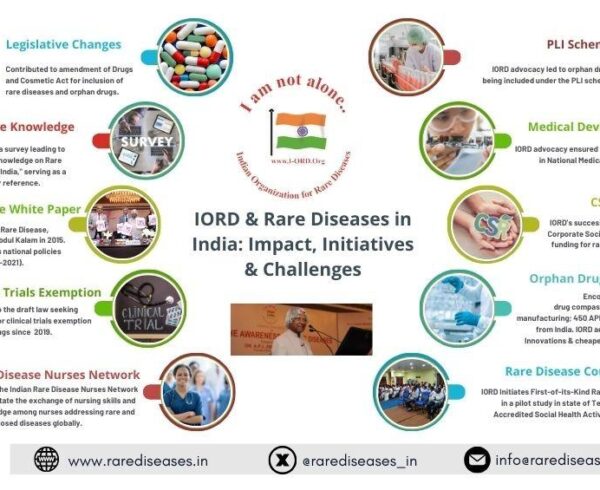In a first of its kind comprehensive plan for management of any rare disease in India, the Union Finance minister Nirmala Sitharaman in her Budget 2023 presentation announced that the government would work on a mission mode for the elimination of the rare Sickle Cell Disease (SCD) from India by 2047.
For this project, she said that the Union Health Ministry, Ministry of Tribal Affairs and states would collaborate and work together for raising awareness and facilitating universal screening of 7 crore people in 0-40 years group in 200 affected districts in tribal areas followed by counselling in the affected locations in India.
The patients are followed up with treatment and support under the National Health Mission (NHM) with capsule hydroxyurea and free blood transfusion for all Sickle cell patients (men & women) as per State’s proposal, the Press Information Bureau (PIB) said in this report.
Prevalence of SCD:
The Union Ministry of Tribal Affairs (MoTA) said that one in every 86 births among Scheduled Tribe (ST) communities suffer from the affected genetic condition that causes SCD, said a report published by CNBC TV 18.
The news quotes a research report published in the Indian Journal of Medical Research in 2021 on the prevalence of SCD in India.
“SCD is the most common severe monogenic disorder in the world, with a high prevalence in sub-Saharan Africa, parts of the Mediterranean, India and in the Middle East. In South Asia, the highest prevalence of the disease is in India, where over 20 million patients with SCD live”, says the research report.
Definition & Types of SCDs:
SCDs are known as inherited blood disorders that are passed down from parents to their children. The affected genes may differ from one patient to another. These are the following types of SCDs.
Sickle Cell Anaemia (HbSS):
This is known to be the most common SCD. This happens when a patient inherits two genes for haemoglobin S, one from each parent. The Red Blood Cell becomes sickle-shaped. This is known to be the most severe form of SCD.
Sickle Cell Trait (HbAS):
In this type of SCD, the patient inherits one defective gene of haemoglobin S and one normal haemoglobin A from their parents. Such patients usually lead a normal life but their defective genes can be passed to their children.
HbSC:
In this type of SCD, the patients inherit a defective gene haemoglobin S and another defective gene called haemoglobin C. This type of SCD is seen in patients of African descent. This type of SCD can lead to adverse consequences for the eyes and bones.
HbS beta-thalassemia:
In this type of SCD, the patient inherits a defective haemoglobin S from one parent while receiving another defective gene for beta-thalassemia from another parent. In this condition, haemoglobin production may be reduced.
Rare Types of SCDs: There are rare types of SCDs that include HbSD, HbSE, and HbSO. In these types, the patient inherits a defective gene haemoglobin S from one parent and another defective gene haemoglobin D, E or O from the other parent.
